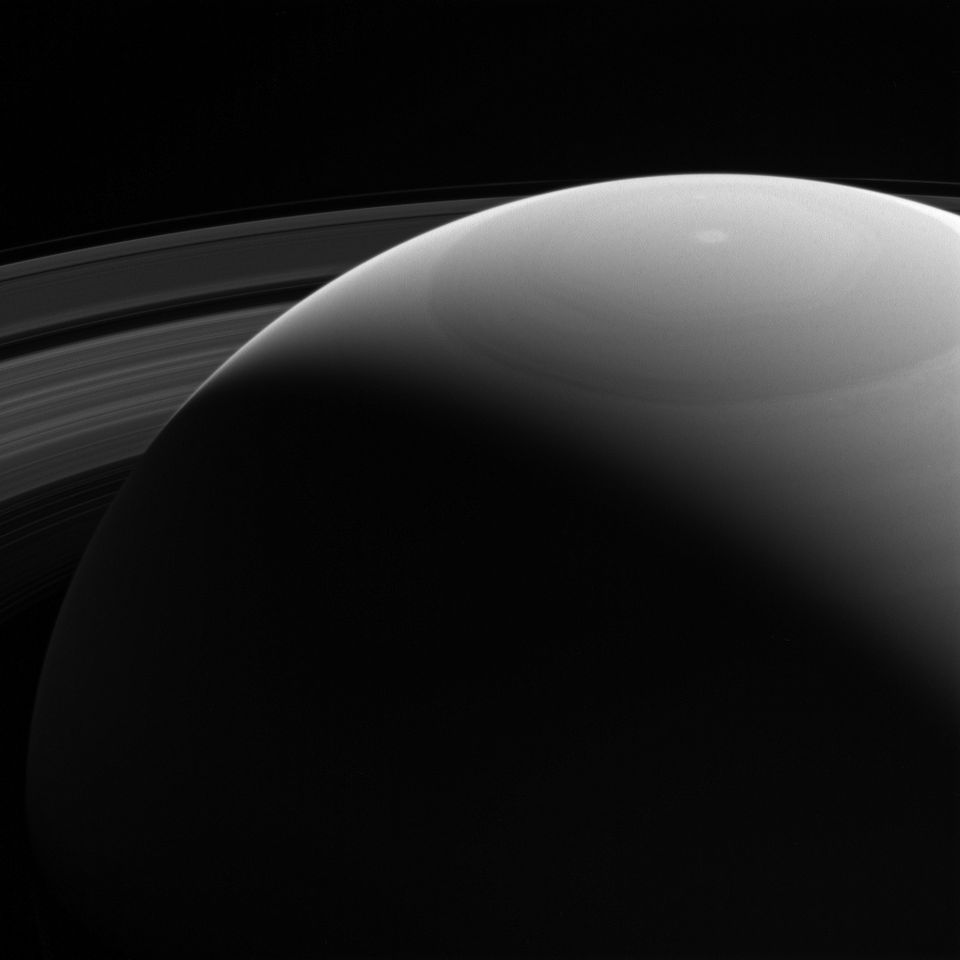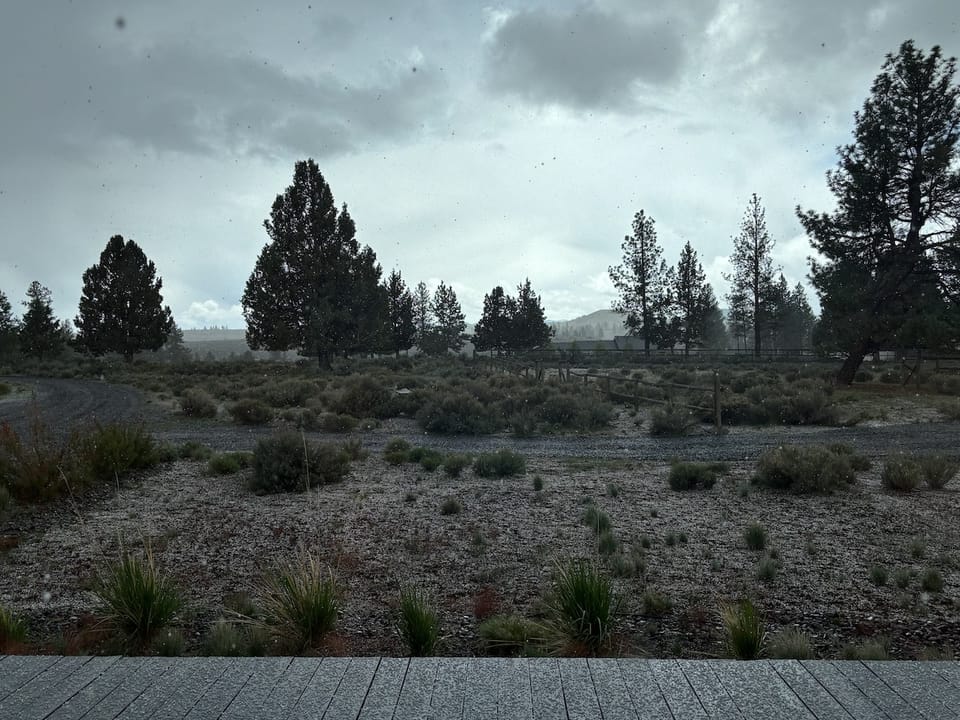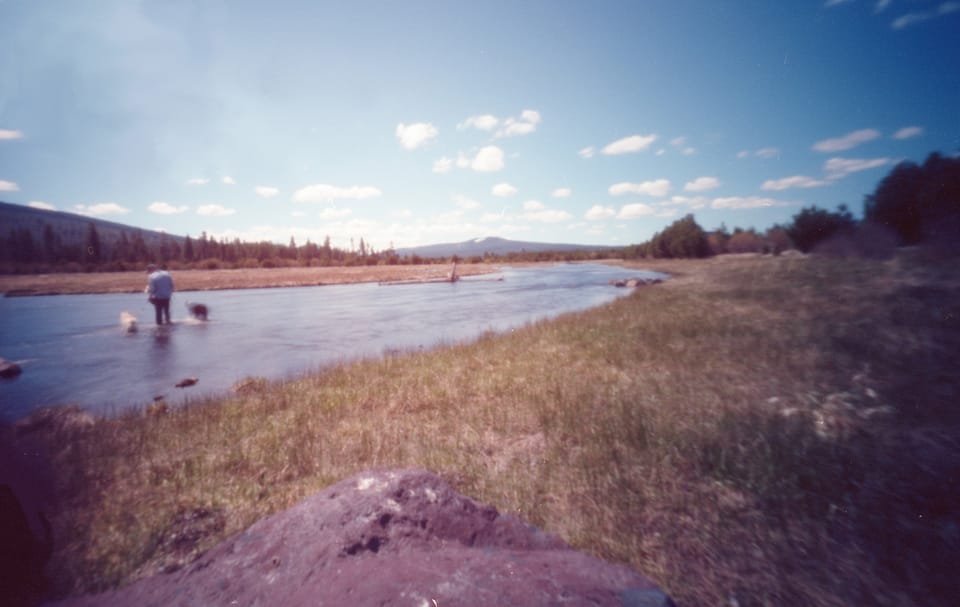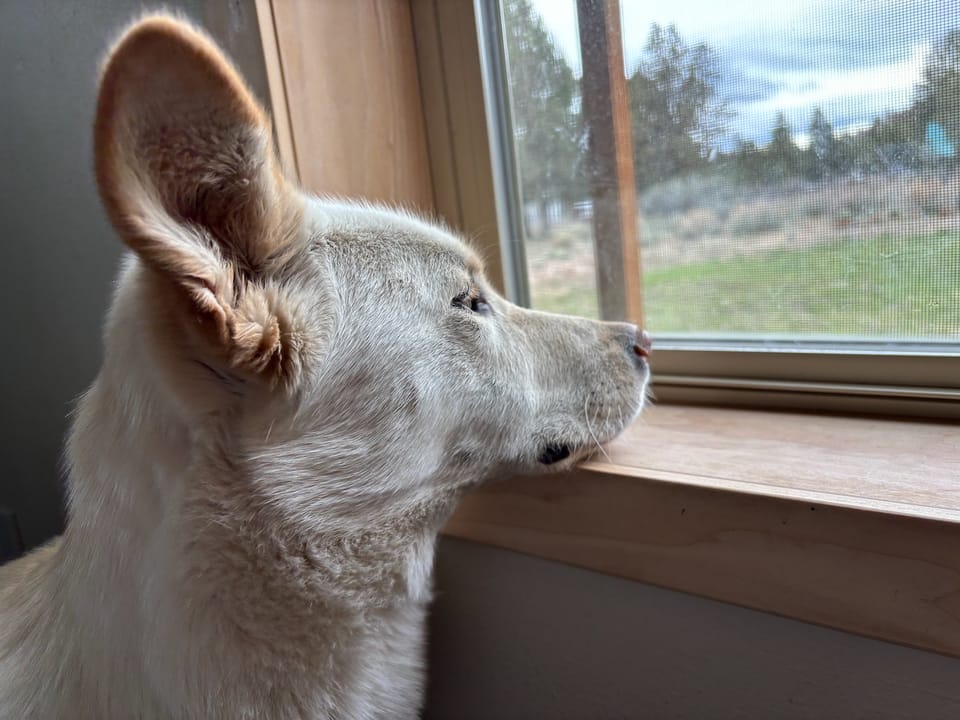Way back at the turn of the century, when I built my very first website, I had a “favorites” page with a link to the Cassini-Huygens satellite page on the NASA website. It was heading to Saturn with a sweet camera and the goal of sending back images of moons, rings, planets, and other visual information about the far side of the solar system.
I don’t know how the images sent from space get processed, curated, and cropped, but that satellite has a great eye. Mostly black and white images, stunning slices of rings. Moons with craters and veins. Orbs floating in front of varied textures and deep space black. Images from Cassini have been the desktop images on my screens for as long as I have had screens I could customize. Of course, I also have the NASA app on my phone to check in on the latest images from Cassini. These are not merely data-driven images, they are aesthetic and conceptual wonders. Scenes of serene beauty in the cold depths of space. Sometimes I check on the other missions, too, but rarely are they as magical.
I have also learned a thing or two. Saturn has 150 moons and moonlets, only 53 of which have names. (I am not sure what a moonlet is, however.) As much as I admire our own beautiful moon, how cool would it be if Earth had a dozen? Or more? I also learned that Enceladus, a particularly lovely, though chilly moon, is covered with ice and also geologically active, creating an environment that could possibly support life.
I never looked into the details of the mission, and I guess I assumed it would go on forever, a little satellite orbiting Saturn, sending us space eye candy for all eternity. But Cassini is about to self-destruct. I am appreciative that the scientists in control are considering the consequences of an offline satellite interfering with possible life on Enceladus, or with smashing into those beautiful rings— they are sending it into the heart of Saturn rather than letting it go off the rails.
But glorious images of stripes, orbs, textures, objects far, far away have been in my steady feed for over a dozen years. I never thought of a satellite, especially my favorite NASA satellite, losing power. The scientists on the radio are making the best of it… saying it will be a glorious and satisfying end for Cassini. But the care with which these images have been presented to us over the years makes me believe someone at NASA is feeling the pain of a broken heart, as we count down the days to the end of a very great run.
Do yourself a favor and check out some of the bounty from space. So far there are 381,465 images, so you will want to get comfy. There is a lot of beauty in this universe, and we have only seen the tiniest bit.






